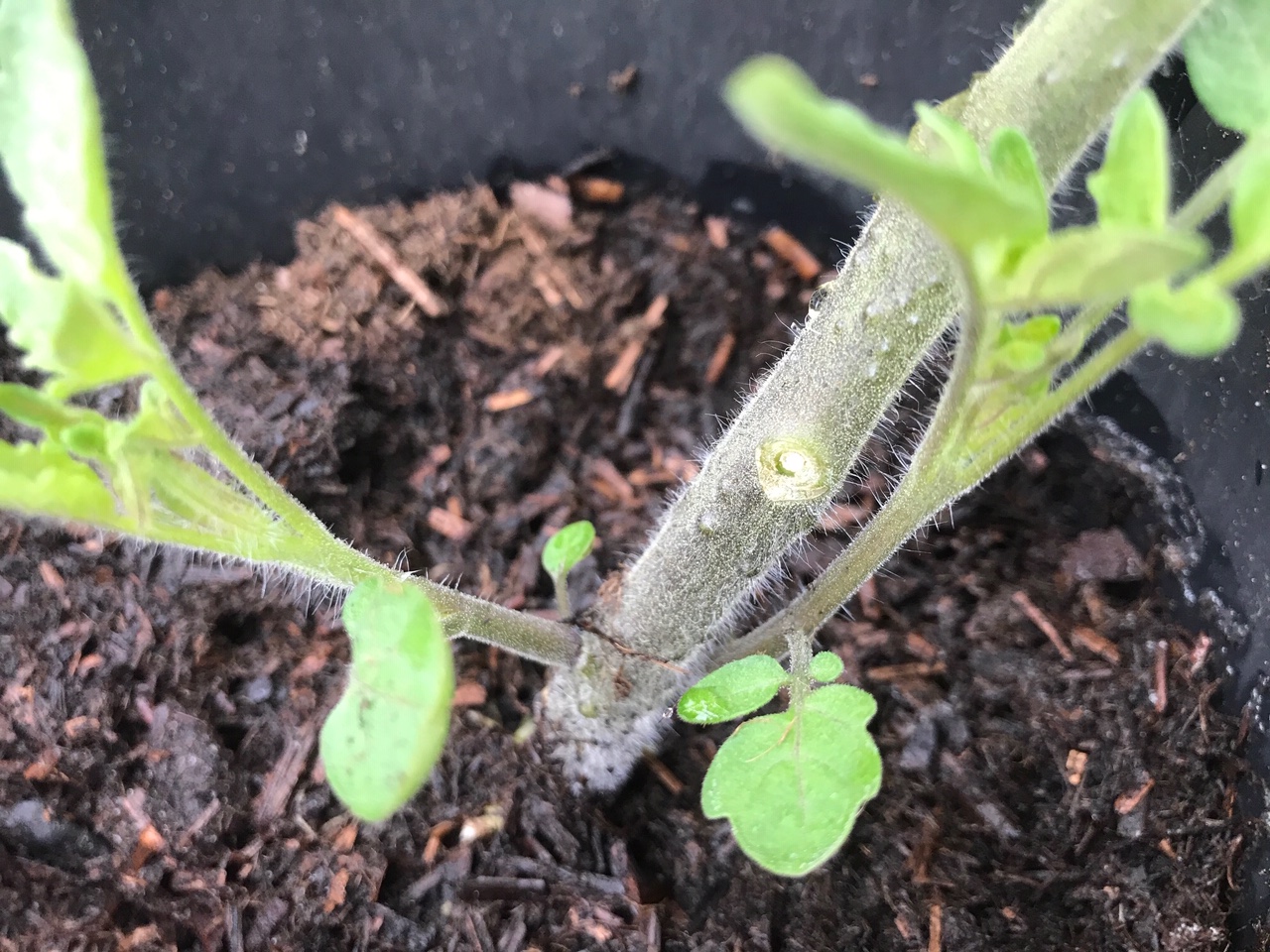
If you’ve got a handful of precious tomato plants for this season, this is how to make them go further
It’s pretty easy to grow tomatoes from seed, but unless you sowed them in January or February or even March before lockdown, then really it’s a bit late for this year. However you might have been lucky enough to procure a plant or two mail order, or from gardening friends and neighbours. If so, you are in luck because you can transform one plant into several very easily.
Saving taste
OK I’ll be honest here, I didn’t sow tomatoes earlier this year and I’m not about to sow any now. I am usually lucky enough to receive a few press sample plants each season and in a ‘normal’ year that’s plenty to assuage my need for tomatoes.
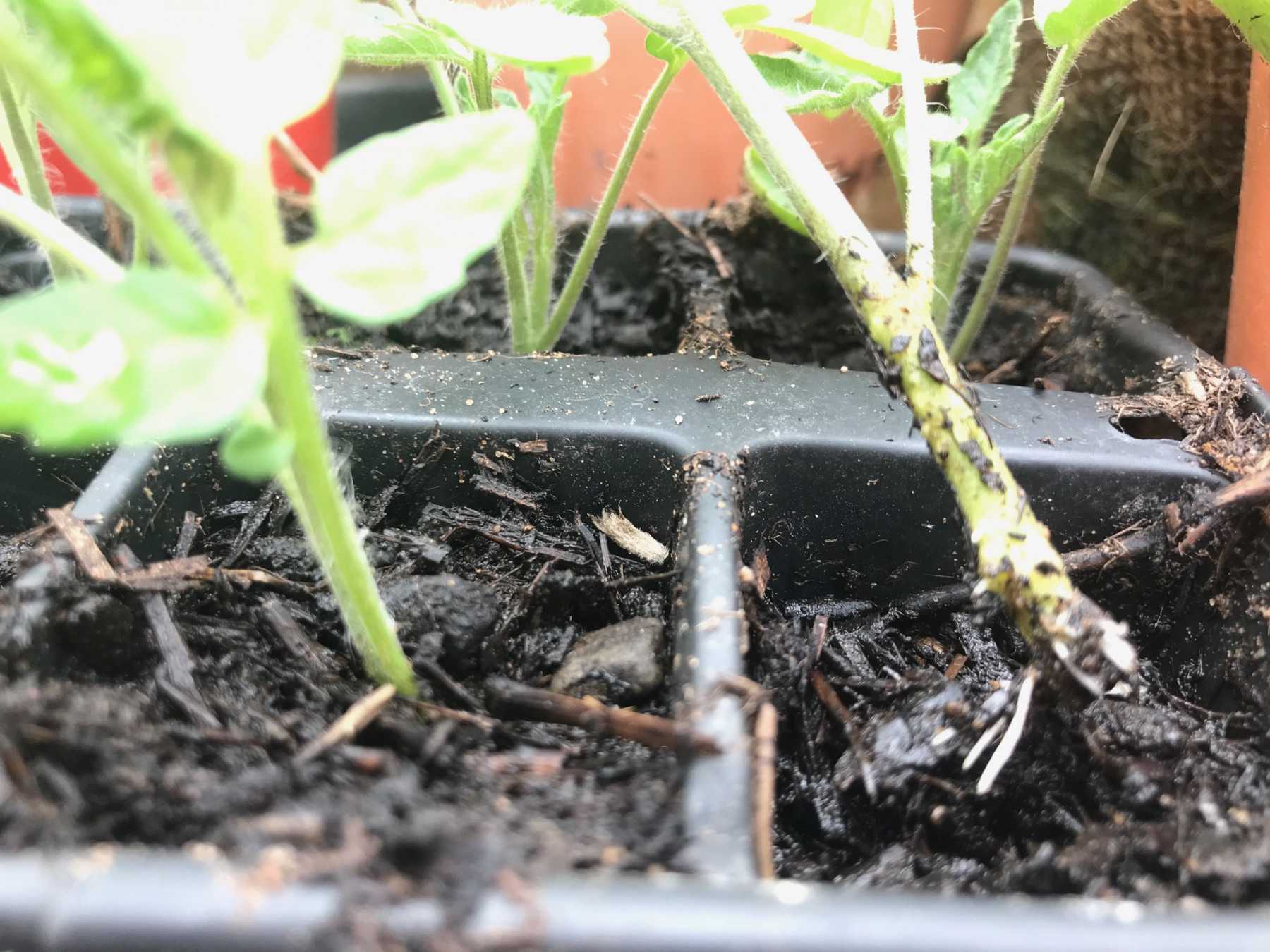
But like everyone else this season has taken a rather different route. First, it seems like half the population has started to grow their own, which is great news. Second I went down with the dreaded COVID-19 myself and it was thanks to a random act of kindness, a delivery of a pound or so of fresh, top quality cherry tomatoes that reminded me what a delicious and vital summer ingredient they were. It was about then that I remembered I’d been gifted a press sample of a new variety from Suttons Seeds at the Garden Press Event. I’d managed to keep it alive, more by luck than anything else, as the greenhouse was rather neglected during my recovery, but alive it is. Honestly I didn’t even know what variety it was, but a little detective work discovered it was Reisetomate from the Organic Gardening Catalogue. Little did I realise what a treasure it was to become.
Rare variety
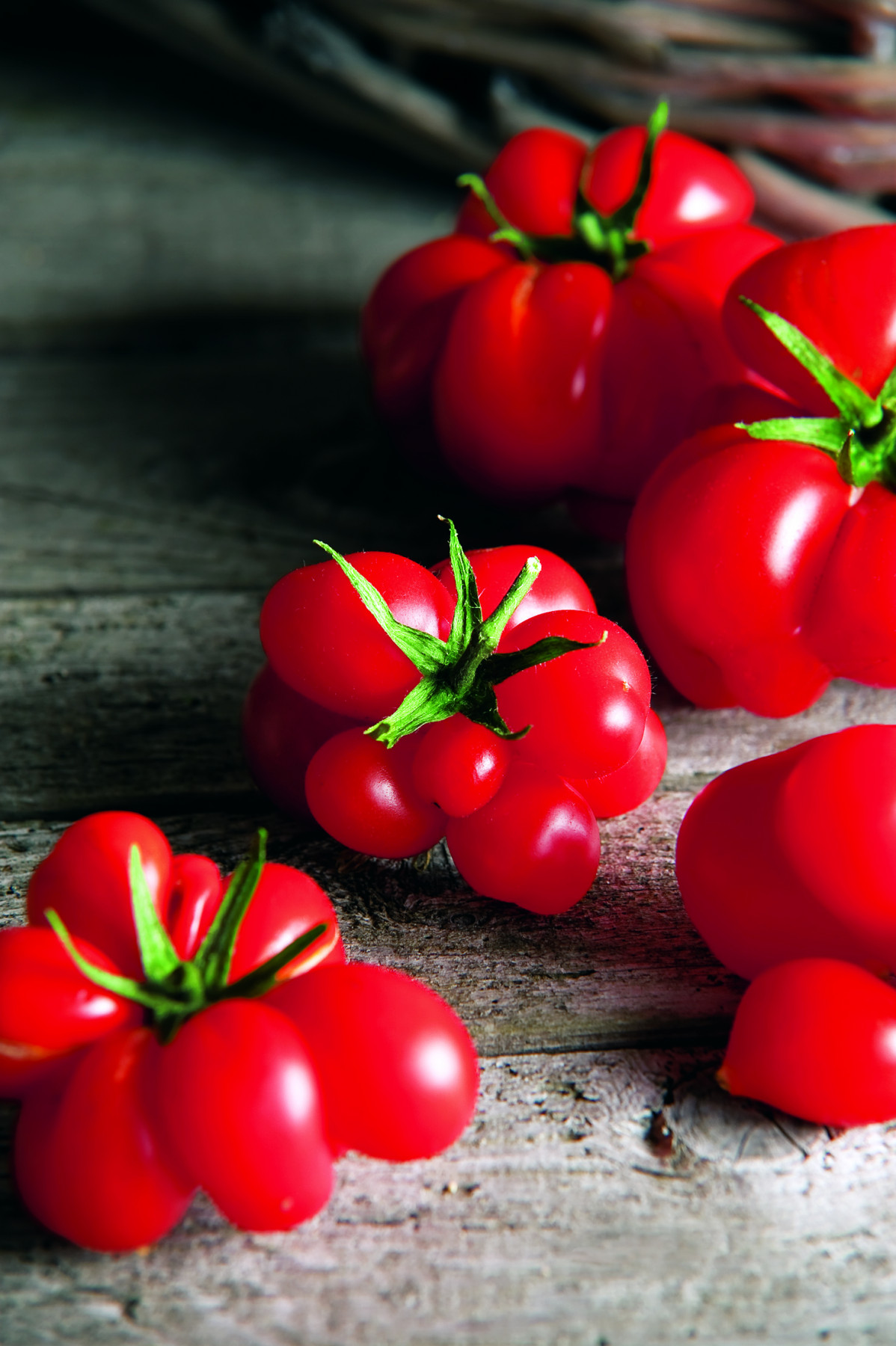
Turns out Reisetomate is a bit of an enigma. Here’s the blurb from the website:
A rare and unique ‘cluster’ forming tomato, which is not commonly sold. Producing unusual shaped fruit are actually several cherry-sized tomatoes that fuse together to form one large fruit, which can have pieces peeled off without damaging the rest of the cluster or spilling any juice. Commonly known as the ‘Voyager’ or ‘Traveller’ tomato as people used to carry them around in their pockets, snacking on pieces while leaving the rest of the fruit intact. It has a good tomato taste with a tanginess that works well with cheese and basil. Cordon variety best suited to growing in a greenhouse. Harvest late July-October.
Understanding the blurb
Well there’s a lot of good news there. First it’s good for greenhouse growing, great news, as I’ve got plenty of room for tomatoes. But more importantly it’s a cordon tomato, which means really it needs to concentrate all of its energy into the main stem and that demands you remove the side shoots. YAY! Why the excitement? Well because every side shoot that you remove can be quickly and easily rooted into a new tomato plant. But even if your tomatoes are bush or indeterminate varieties you can still take cuttings.
It’s not blight resistant so it’s best to grow in a greenhouse though it will crop outdoors if you can’t grow underglass.
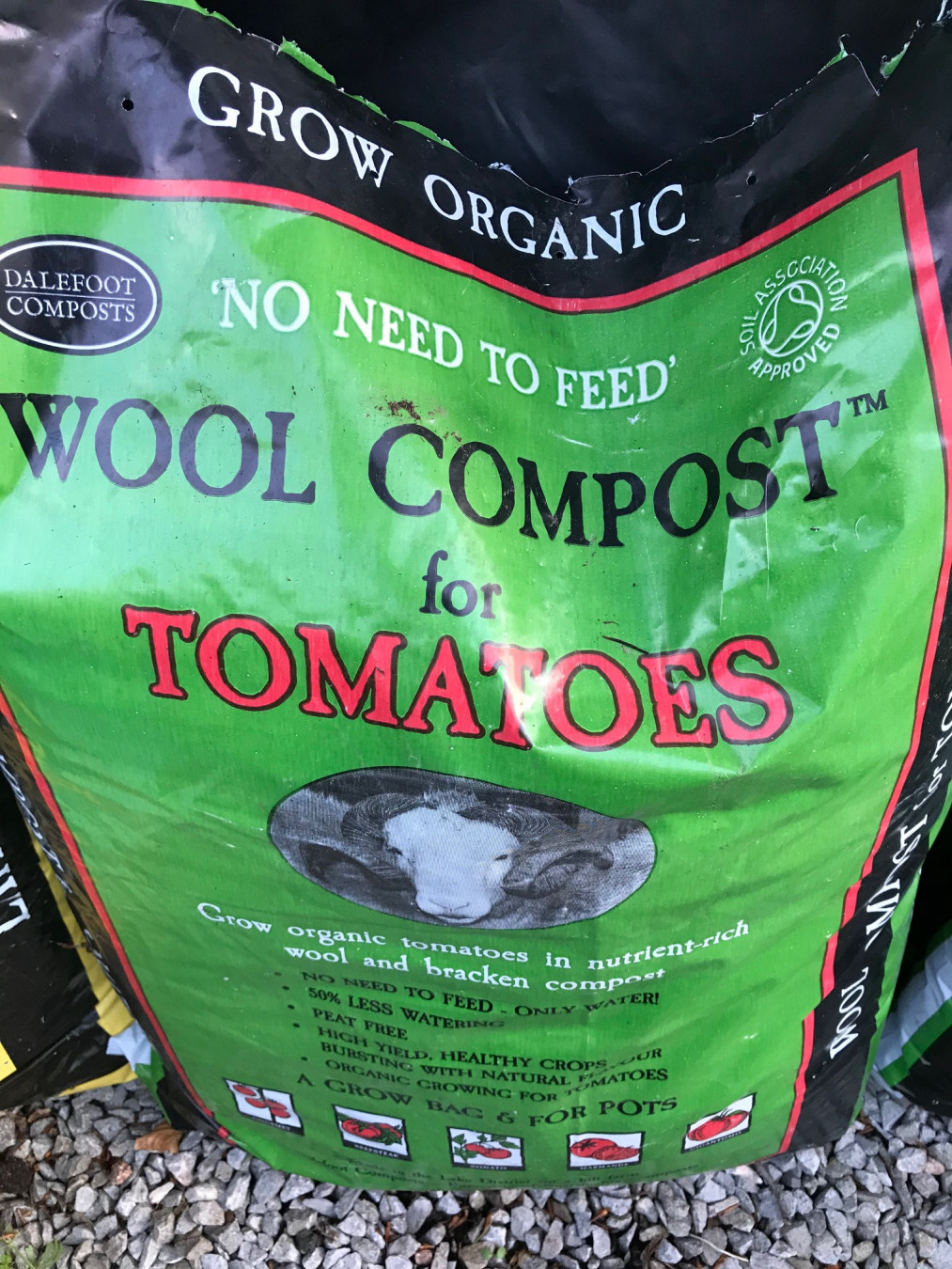
So my mother plant has been potted up into Dalefoot Compost Tomato Compost and has already started forming strong side shoots. It’s a strong plant, but it has fasciated at the tip, that creates a bit of a monster main flower with quadrupled Siamese twin fruits. Apparently that’s quite common for this variety but it’s not a disaster because every cutting is a new plant and will soon catch up with the mother plant. It’s an heirloom tomato, so there are no Plant Breeders Rights associated with it, that means I could even sell the cuttings if I want to.
Waste not want not
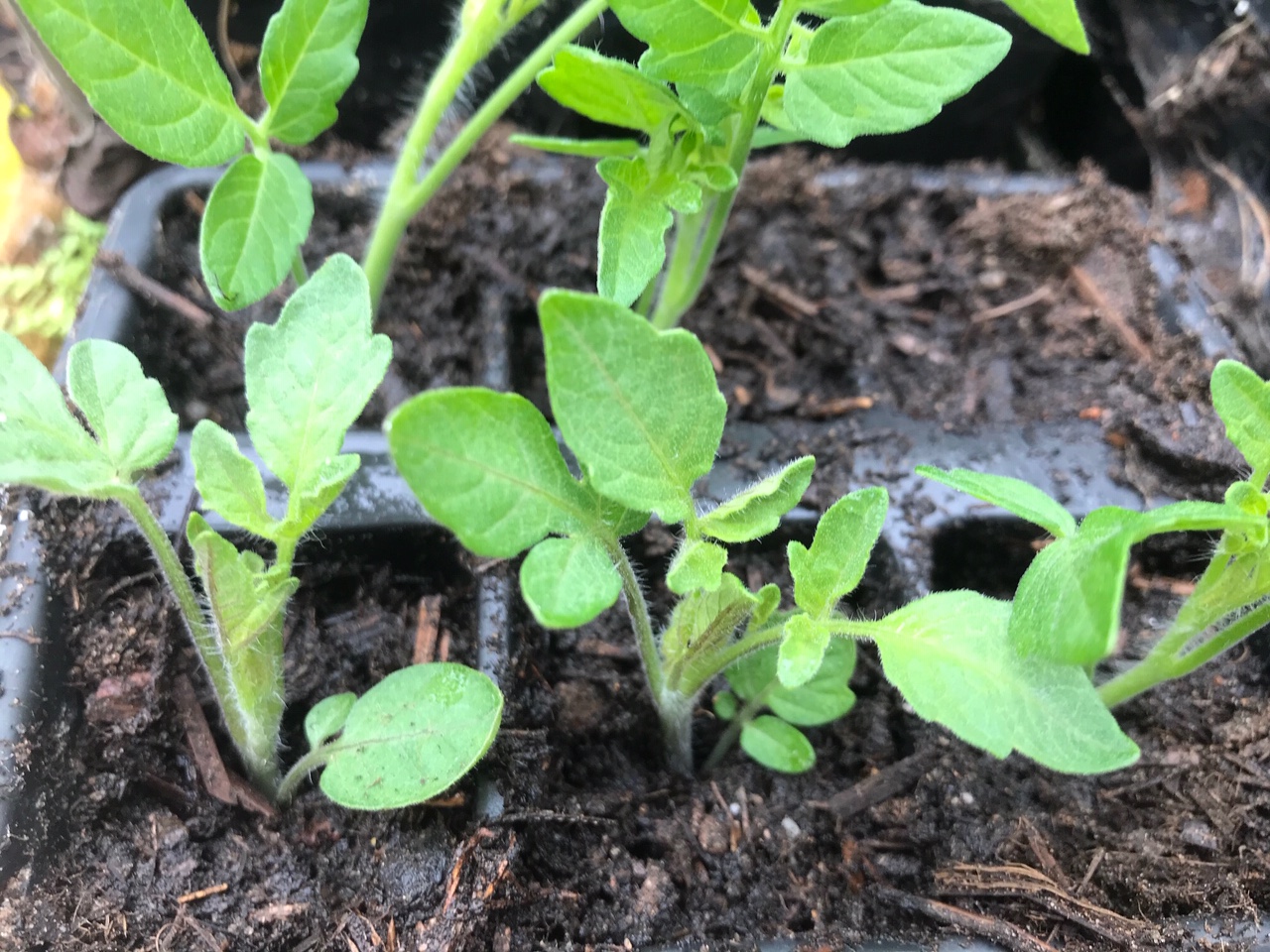
I’m a great believer in not wasting anything and given that tomato plants are hot property this summer, the prospect of having one mother plant that is weeks ahead in producing tomatoes and maybe a dozen cuttings catching up fast, well that’s just great news.
I’m already growing extra veg seeds for my local community to grow their own, but imagine being able to add a new variety of tomato plants to the plant bank. Or to offer surplus fruits to those not able to grow their own.
So I am nurturing my mother plant and when the side shoots are strong, I am carefully pulling them away from the main stem and rooting them into peat free seed compost from Dalefoot compost. These strong side-shoots root very quickly (in about ten days) and start to grow into lovely new tomato plants that will be the perfect and identical match to the parent plant. So far my one plant has produced 16 rooted cuttings and I am eyeing up the side shoots still forming further up the main stem. There are at least four more I can make into cuttings right now. So my one rare press sample plant has generated twenty plants that I can grow and share.










